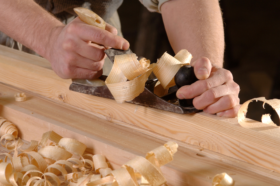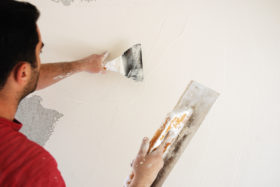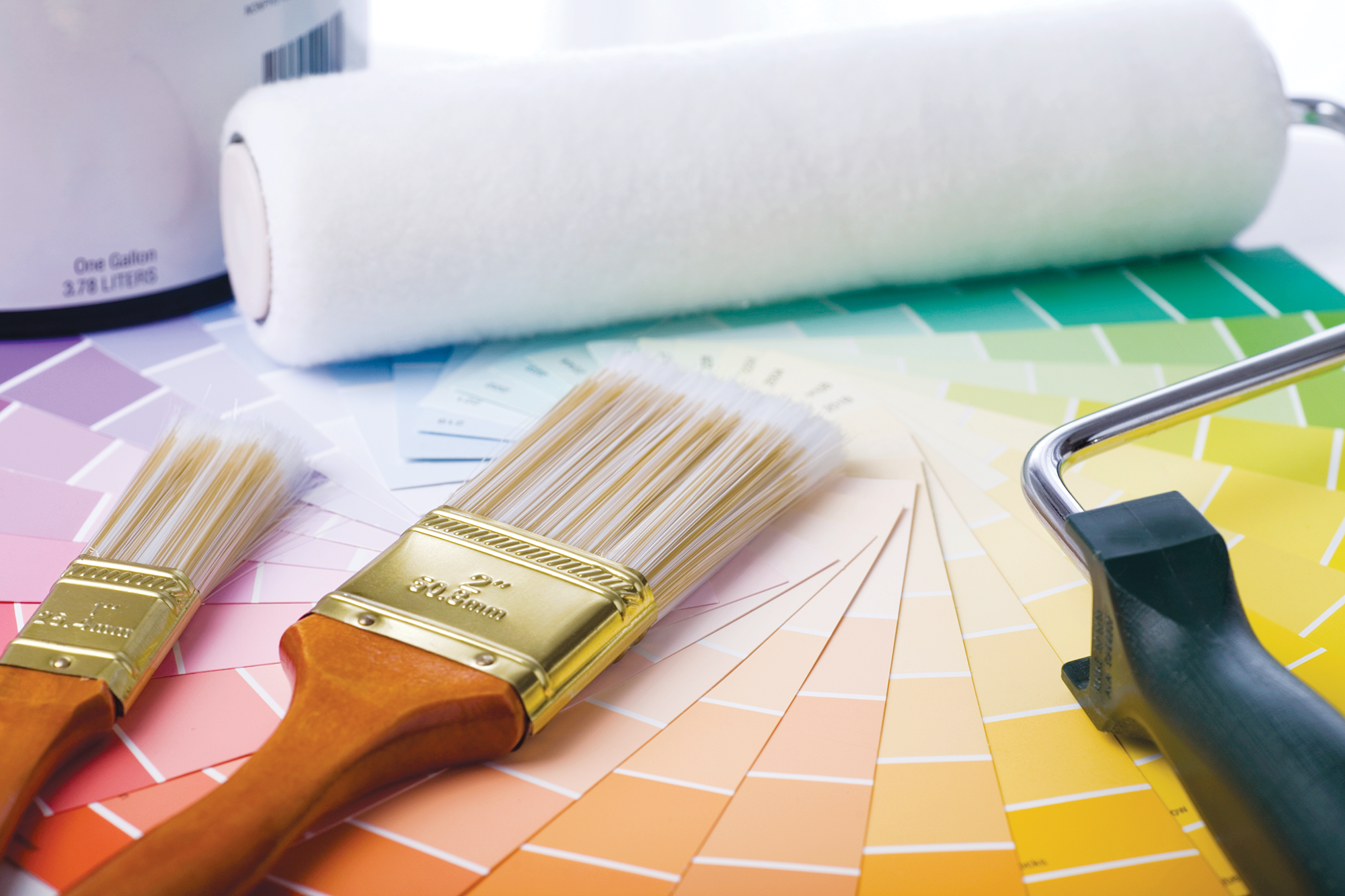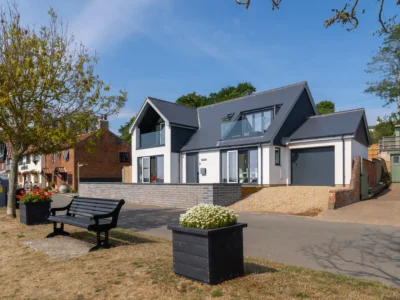Choosing a Decorator
A decorator is a vital trade for any self build project. From applying the most challenging wallpaper, to painting exposed exteriors walls, bringing to life stylish interiors, and undertaking intricate work involving marbling and stencilling, the craft of painting and decorating covers a wide range of expertise.
So how can you be sure you hire a skilled decorator for the right price?
How can I find a decorator?
Contact the Painting and Decorators Association (PDA) to find a reliable tradesperson in your area. The organisation works on behalf of householders by putting them in touch with its members.
“Painters and decorators come into people’s homes and property owners want to know that person or company can be trusted,” says Neil Ogilvie of the PDA.
Membership of the PDA verifies that an individual or company meets a set criteria and ensures that professionalism comes as standard.
“Our members have to produce evidence of more than five years’ experience to join the Association,” says Neil. “They also have to carry public liability insurance.”
By employing a decorator through the PDA you’ll have the reassurance that any disputes will be investigated and any problems will hopefully be resolved through mediation.
When is a decorator needed on site?
A decorator is required at two different stages.
The first is during the early phase of construction. At least one application of a suitable weatherproof coating should be applied to protect internal and external woodwork from moisture penetration. This prevents other contaminates being used on the project from damaging finished surfaces.
Externally, it’s useful to have access to the higher areas of woodwork when the builder’s scaffolding is still in place. So make sure you schedule decorating into your project’s timetable.
The second stage is on completion of the build. All the newly plastered walls can be prepared and painted to an appropriate standard.
Internal woodwork should preferably be brought up to the final finish once all the other trades have completed their work. This helps to eliminate contamination of dust particles, which can affect the quality of the finish.
It’s best to source a decorator at the beginning of a project and set a guide date for when they’ll be required. It’s likely that this will change as timetables rarely run to schedule, but you’ll be able to factor their quote into your overall budget.
What tools and materials do I need to supply?
Most decorators have their own set of paint brushes and rollers and will supply their own ladders and trestle tables for insurance purposes.
You will need to supply paint. Decorators will usually have a preferred brand that they like to use and will be able to advise you on quantities needed. It’s always best to discuss with your requirements with your decorator before ordering.
What’s the average cost?
“It’s difficult to estimate the cost of a painting and decorating project based on averages,” says Neil. “The best advice is to get two or three quotes specific to your project as there are many aspects to take into consideration.”
Can I decorate the project myself?
One way of saving money would be to carry out the work on your own. Painting and wallpapering are skills that a self builder can learn relatively easily. It may be time consuming, but if it saves you money and you can achieve a high-quality finish, it can be worth it.
If you’re a complete novice, it may be beneficial to attend a one day skills workshop.
B&Q offers four-hour ‘You can do it’ classes on preparing your walls and surfaces for coverage, how to paint and a session on hanging wallpaper. Prices start from £10 per person. To book a class visit www.diy.com

































































































 Login/register to save Article for later
Login/register to save Article for later













Comments are closed.